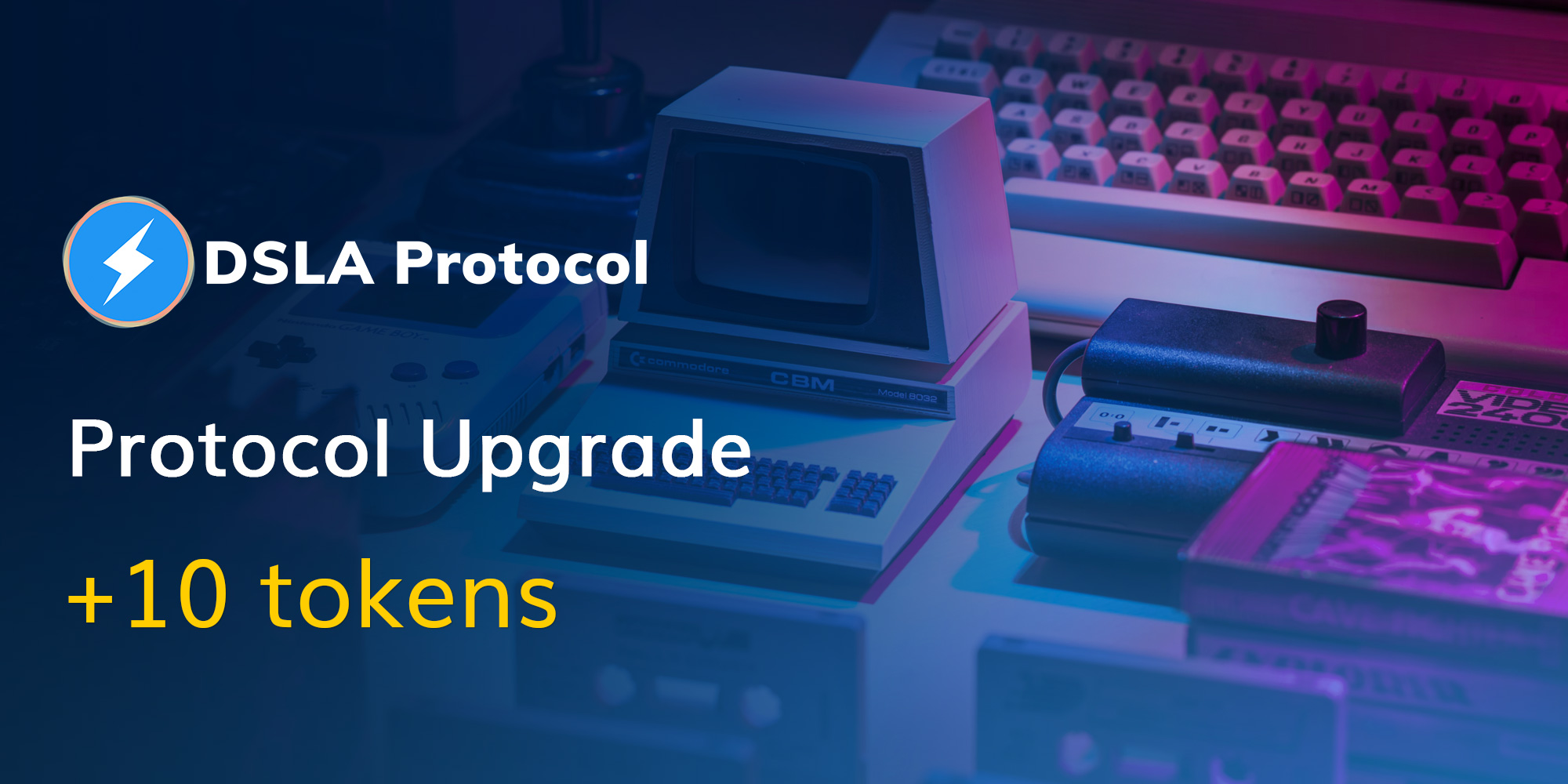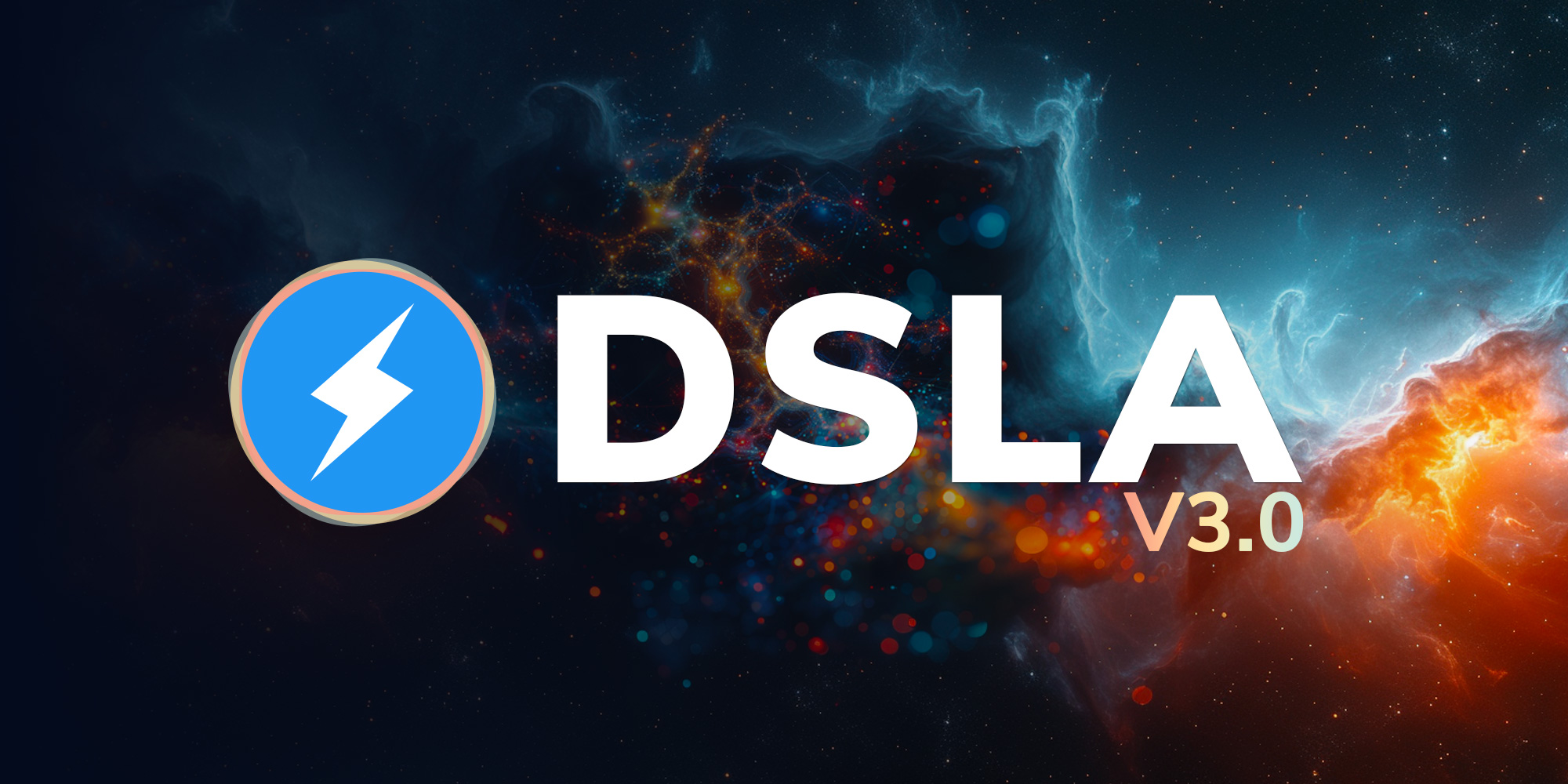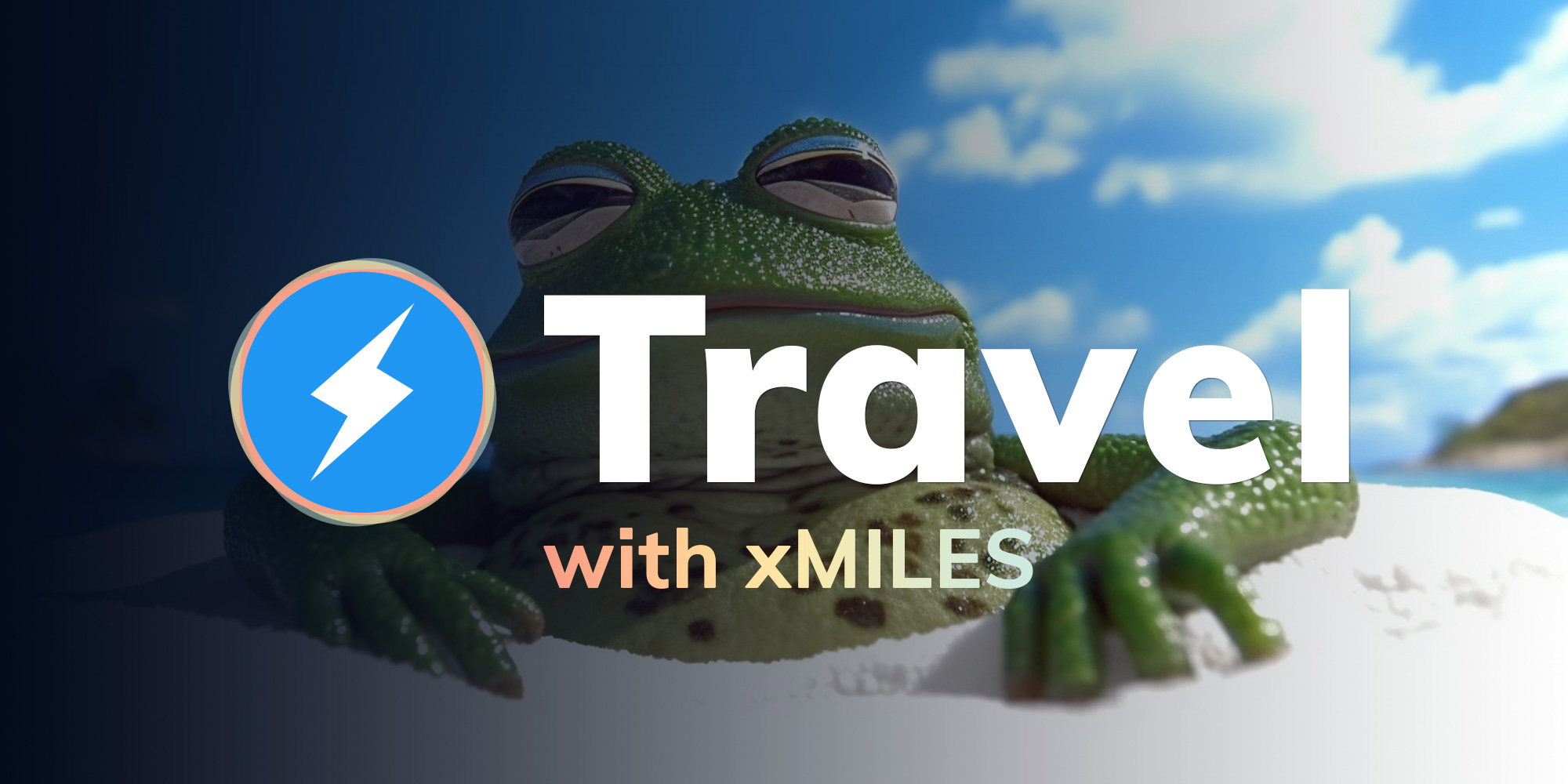DSLA Protocol adds support for new cryptocurrencies

Stable, Native & Liquid
October was a hectic month, and the DSLA Protocol core team deployed some key upgrades that are worth celebrating. Among them, we added support for different tokens in DSLA contract liquidity pools, making DSLA Protocol finally capable of growing its total value locked (TVL) and risk trading volume to levels more reflective the protocol’s potential.
DSLA contracts now support the following tokens:
Stablecoins
- DAI
- USDC
- USDT
All available on all mainnet deployments of DSLA Protocol on six different networks.
Wrapped Versions of Native Tokens
- AVAX
- BNB
- ETH
- FTM
- ONE
- MATIC
Each available on their respective mainnet deployment.
e.g. WONE is available as a collateral for DSLA contracts running on Harmony.
Liquid Staking Tokens
- stETH
Specifically available on the Ethereum version of DSLA Protocol.
Why This is Huge
Scalability
Exclusively using DSLA tokens to create the DSLA contract liquidity pools was a bottleneck for growth and adoption in a couple of ways.
First, to fully provide coverage for the value at risk in our flagship staking use case, more capital is needed that can be provided by DSLA tokens alone. The Proof-of-Stake staking market has a multi-billion dollar TVL, with anywhere from 10% to 30% of that considered as value at risk. DSLA Protocol’s total market cap is quite small relative to the value the protocol is looking to provide a hedging instrument for, so it makes sense that other forms of liquidity are needed to achieve the protocol’s main goal.
Second, as additional use cases are developed and onboarded to the protocol, the amount of capital required to cover the value at risk across all use cases will increase exponentially. Now with support for stablecoins, native tokens and liquid staking tokens, DSLA Protocol is capable of supporting liquidity requirements for the almost unlimited use cases that the protocol can service.
Third, some users and providers may want or need to limit their exposure to the price volatility of the DSLA token. Stablecoins, native tokens and liquid staking tokens all provide options to allow users of the protocol to change or eliminate their exposure to price volatility.
Next Generation DeFi
Liquid staking is one of the most exciting developments in DeFi and staking, allowing for users to unlock the value of their staked assets. stETH is a token that represents staked ether in popular ETH 2.0 staking solution Lido Finance. It allows you to earn ETH 2.0 staking rewards while still using your favorite DeFi protocols (like you would with ETH).
By integrating support for liquid staking tokens, the DSLA Protocol core development team reaffirms our assumption that all DeFi assets will ultimately be liquid tokens, and hints at DSLA Protocol de-risking liquid staking itself in the near future.
Token Listings
Integration of stablecoins, native tokens and liquid staking tokens paves the way for future integrations of other tokens. With the groundwork already laid, future integrations of standard tokens will be fairly straightforward. This could come into play, for example, when a DeFi protocol wants to integrate DSLA Protocol, but wants to offer liquidity pools in their own token, providing for a cohesive, white-labeled end-to-end risk management experience.
About DSLA Protocol
DSLA Protocol is a turnkey, peer-to-peer risk management infrastructure for developers and their communities, that empowers anyone to manage their exposure to the performance failures of application, network and service, using peer-to-peer service level agreements.
DSLA Protocol’s flagship use case is to optimize your staking rewards, by enabling you to hedge against the bad performance of your staking services.
To learn more about DSLA Protocol and the future of third party risk management (TPRM), please visit stacktical.com, browse our blog, and follow @stacktical on Twitter.



